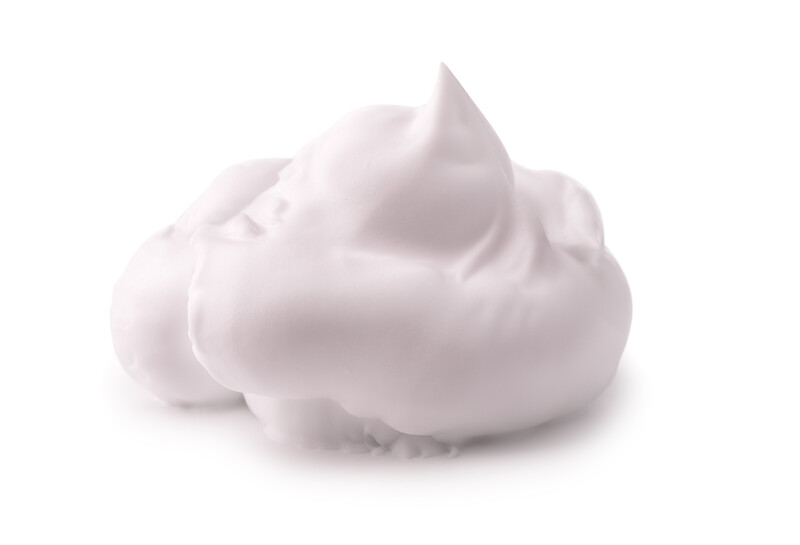
Forming Foam Fast in Medical Device Development
We recently had a challenge requiring a soft textile overlay on a hard plastic piece for a proof of concept prototype. EVA foam with a textile overlay is a popular materials choice in this situation, and is used for things such as smaller camera cases and outdoor apparel. The only problem is that it is typically achieved with two part heated aluminum tooling to compress and form the material – not appropriate for proof of concept due to the cost and lead time for the component sizes we were dealing with. This left us in a bit of a predicament in trading off aesthetics by hand laying up textiles on a rather organic shape, spending way too much time and money, or trying the following.
Whereas EVA foam is quite easy to thermoform on its own, the stiff and durable outer textile overlay requires elevated temperatures and a fair amount of force to deform. By replacing the rigid textile (such as nylon) with a flexible textile (such as lycra), we were able to use more conventional vacuum forming techniques and MDF tooling. It did not have the durability that a nylon would have, but for a proof of concept prototype it fit the bill quite nicely. By processing with conventional vacuum forming we were able to reduce tooling costs and turnaround times by an order of magnitude for our customer and the prototype looked great.
Mark Drlik is a Concept Development Manager at StarFish Medical. He uses Quality Function Deployment (QFD) and gut feel to design medical devices.
Image: © Can Stock Photo / Coprid